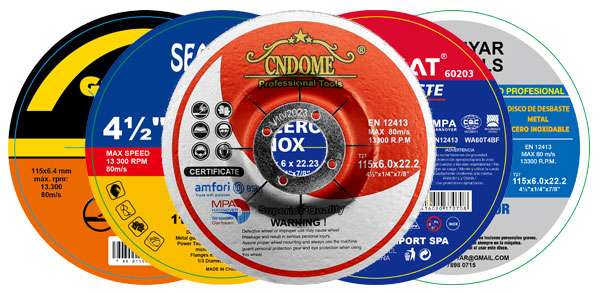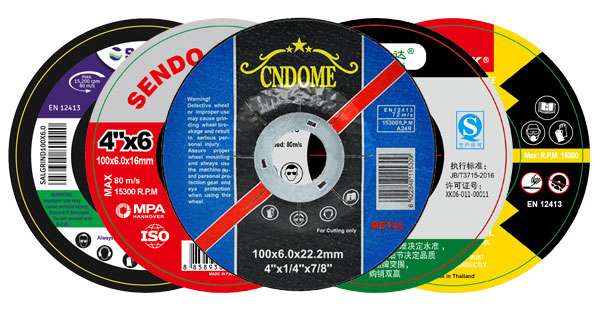Stainless steel is a popular material in various industries due to its corrosion resistance and aesthetic appeal. However, machining stainless steel can be challenging. The right grinding discs can significantly enhance performance and efficiency. In this blog, we’ll explore the different types of grinding discs available for stainless steel, their performance characteristics, and practical applications.
Understanding Performance Characteristics
- Material Composition: High-quality grinding discs are made from materials like aluminum oxide or zirconia, which provide durability and long service life.
- Grit Size: Grit size plays a crucial role in the grinding process. Finer grits are suitable for finishing applications, while coarser grits are ideal for aggressive material removal.
- Bonding Agents: The type of bond used (resin, ceramic, or metal) affects the disc’s performance. Resin-bonded discs are versatile, while ceramic bonds provide higher durability and thermal resistance.
2. Types of Grinding Discs for Stainless Steel
- Depressed Center Grinding Discs: These discs are designed for heavy-duty applications, offering a larger surface area for grinding and deburring.
- Flap Discs: Combining the benefits of grinding and finishing, flap discs are ideal for blending and smoothing surfaces, especially in stainless steel applications.
- Fiber Discs: These discs are flexible and can conform to the surface contours of stainless steel, making them perfect for finishing and light grinding.
- Diamond Grinding Discs: Best for very hard stainless steel grades, diamond discs provide superior longevity and cutting power.
3. Applications
- Weld Preparation and Cleaning: Grinding disks are essential for preparing stainless steel surfaces before welding and for cleaning welds post-fabrication.
- Surface Finishing: Achieve a smooth, polished finish on stainless steel components, enhancing their aesthetic appeal and corrosion resistance.
- Material Removal: Efficiently remove stock from stainless steel parts, especially in fabrication processes where precise dimensions are critical.
- Deburring: Smooth out sharp edges and burrs from cut or welded stainless steel to ensure safety and enhance appearance.
4. Tips for Optimal Use
- Speed and Pressure: Always follow the manufacturer’s recommendations for speed and pressure to avoid overheating and disc failure.
- Proper Technique: Use the correct angle and technique to ensure even grinding and prolong disc life.
- Safety Precautions: Always wear appropriate personal protective equipment (PPE) and ensure that the workspace is safe and free of hazards.
Conclusion
Choosing the right grinding disc for stainless steel is essential for achieving optimal performance and results. By understanding the different types of discs available and their specific applications, you can enhance your grinding processes and ensure high-quality finishes on your stainless steel projects.



